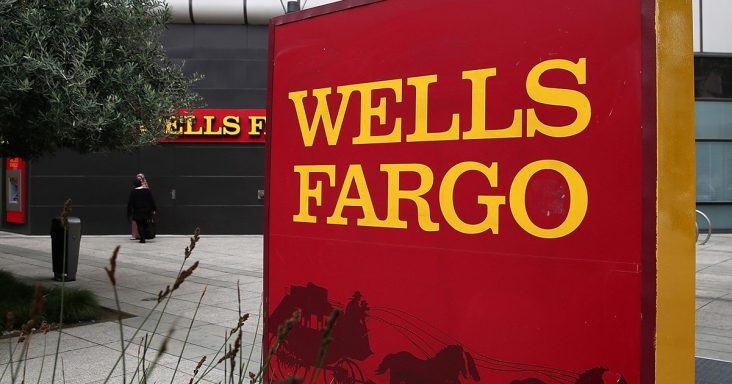Wells Fargo economists: Economic expansion expected through 2020, growth slowing in 2019
by December 19, 2018 11:27 am 257 views

The longest period of economic expansion on record is expected to continue through 2020 fueled by strong personal consumption, robust corporate profit growth amid lower taxes and the lowest jobless rate in 50 years, according to economists with Wells Fargo Securities.
Jay Bryson, global economist with Wells Fargo Securities, said recently during a webinar the economic outlook for the U.S. economy remains strong. Wells Fargo forecasts GDP at 2.2% in the fourth quarter of this year, slowing from 4.2% and 3.5% in the two previous quarters. He said as 2019 gets underway, GDP should improve to 2.4%, which would be up from 2.2% in the year-ago period.
Corporate profits before taxes rose 10.3% in the third quarter of this year after tax profits were up 19.4%. He said profit growth could start to slow a bit by mid-2019. Business fixed investment is also expected to slow a bit through 2019. From early 2018 business, fixed investment increased by 11.5%, which is expected to slow to 4.7% by the first quarter of 2019, according to Bryson.
Bryson said consumers will continue to be a driving force in the economy, with personal consumption rising 2.4% to start 2019, compared to 0.5% in the year-ago period. Consumption has been increasing each quarter since the tax reform enacted in early 2018.
“This has meant more take-home pay for consumers and has helped to fuel more spending. Lower oil prices and subsequently cheaper fuel costs are also a positive for consumers. Into 2019, we see personal consumption growth ranging between 2.4% and 2.9%, in the first and second quarters, respectively,” he said.
Bryson said the biggest benefit has been for blue-collar manufacturing jobs, which have outperformed other sectors. He said the length of the economic cycle is extended and will surpass records in early 2019. That said, economists insist economic expansions don’t die from old age. Bryson there is far too much going right in the economy for a sudden recession, which is often brought on by some excess in the market. The last one dealt with housing excesses and the one prior dealt with tech stocks. This time there doesn’t seem to be any major excess or saturation build up, he said.
One clear indication is the strong job market, which averaged about 200,000 new jobs per month this year. Bryson said that could slow to
roughly 170,000 jobs monthly in 2019, but to keep the unemployment rate steady just 100,000 new jobs a month are necessary.
“We expect the national unemployment to trickle down to 3.5% in 2019,” Bryson said. “Wages are also starting to increase and the employment cost index indicates wages overall are going to move higher in 2019.”
He also expects interest rates will continue to tick upward .25% at the next Fed meeting. He then expects two more .25% rate hikes in 2019, one in March and one in September raising rates .75% higher than today.
Mark Vinter, senior economist at Wells Fargo Securities, said during the webcast the overall economy has more upside than downside risks.
“There is plenty of gas in the tank,” Vinter said.
He adds growth during this economic expansion has become less cyclical than in past cycles.
Vinter said some of the risks the economic growth include trade disputes with China which could impact retailers, but even so, U.S. manufacturing could benefit from fewer imports and more sales of American-made goods. He said for retailers, higher transportation costs are real, but lower fuel costs in recent weeks should help mitigate some of those overall costs.
If oil stays around $50 per barrel for the foreseeable future and the U.S. continues to supply more of its own petroleum needs, consumers might not see that much of a price increase if the trade war with China heightens, according to Vinter.
